5. The Best Local History I Can
Crabbe's First Years in Muston 1789 - 1792
By Kate Pugh
On the 25th of February 1789, only a month after the birth of their daughter, Sarah, the Crabbes moved in to the rectory at Muston, next to the pretty ironstone church of St John the Baptist. The present very formal Georgian brick rectory was built by Crabbe’s successor. The house Crabbe moved to, in contrast, was ‘constructed of neighbouring sandstone, with the front facing due south and possessing a more charming aspect [standing] somewhat lower at the bottom of the gentle slope-
‘Down by the Church-way walk, and where the brook
Winds round the Chancel, like a shepherd’s crook.‘(1)
The Crabbes found the surrounding landscape uninspiring but ‘the parsonage and it premises formed a pretty little oasis in the clayey desert’. Crabbe’s son describes it with affection, ‘Our front windows looked full on the churchyard…truly ornamental ground; for some fine elms partially concealed the small beautiful church and its spire, while the eye, traveling through their stems, rested on the banks of a stream and a picturesque old bridge. The garden enclosed the other two sides of this churchyard; but the crown of the whole was a gothic archway, cut through a thick hedge … through this opening, as in the deep frame of a picture, appeared, in the centre of the aerial canvass, the unrivalled Belvoir.’ (2)
Crabbe’s son, George, recalls a happy childhood in Muston and describes his father with great affection. ‘Always visibly happy in the happiness of others, especially children, our father entered into all our pleasures, and soothed and cheered us in all our little griefs.’ This happiness was not unclouded, however. Eight month old Sarah Susannah Crabbe was buried at Muston on September 12th 1789. On October 24th Crabbe wrote to Edmund Cartwright to thank him for the gift of a greyhound called Torrent, ‘my poor little girl died of the whooping cough which was attended by convulsions and my boys have scarcely recovered’.. (3) In 1790 another son, Edmund was born. Edmund Cartwright was his godfather.
George Crabbe junior’s biography includes a touching description of his father at this time: ‘My first recollection of him is of his carrying me up to his private room to prayers, in the summer evenings, about sunset, and rewarding my silence and attention afterwards with a view of the flower-garden through his prism. Then I recall the delight it was to me to be permitted to sleep with him during a confinement of my mother’s,-how I longed for the morning, because then he would be sure to tell me some fairy tale, of his own invention, all sparkling with gold and diamonds, magic fountains and enchanted princesses. In the eye of memory I can still see him as he was at that period of my life, -his fatherly countenance …conveying the ideas of kindness, intellect, and purity…‘ (4)
His memories of his mother, however, are tinged with sadness: ‘I think the very earliest [recollection] is of her as combing my hair one evening, by the light of the fire, which hardly broke the long shadows of the room, and singing the plaintive air of ‘Kitty Fell,’ till, though I could not have been more than three years old, the melody found its way into my heart, and the tears dropped down so profusely that I was glad the darkness concealed them. How mysterious is shame without guilt!‘(5)
Local Historian and Naturalist
Crabbe continued with his study of geology and entomology and gardened enthusiastically, establishing a ‘botanical garden’ in which to cultivate rare plants: ‘he sat absorbed in the arrangement of his minerals, shells and insects…he laboured in his garden until his naturally pale complexion acquired a tinge of fresh healthy red‘. (6) He also attempted to farm the 30 acres of glebe land, ‘I am about to ruin myself by farming. I have bought beasts and sheep and seed corn … I begin to think riches of another kind would please me better…’
In addition he pursued his interest in local history. Not long after the move to Muston, in August 1789, Crabbe wrote to John Nichols about the contributions he had been asked to make to The History and Antiquities of Leicestershire, offering ‘the best local history I can‘ for the ‘nearest parishes to me …Knipton, Granby, Harby, Stathern, Croxton, Brandiston, Eaton, Eastwell, Goadby Marwood and Waltham on the Wolds‘.(7)
He had already worked hard on The History, ‘I have corrected the errors in the account of my parish but cannot get the date of the death of F. Bacon senior without going to Grantham…If you can stay a few posts …I will get that….’ He was confident that he could provide a comprehensive account of the natural history of the Vale, though less certain on what to include in his description of the Castle, ‘Pray give me a clue of what I should enquire and search after relative to Belvoir Castle: there are no monuments or inscriptions in the chapel (Bottesford being the burial place of the family)..'(8)
He had recently had a visit from Nichols’ illustrator, draughtsman to the Society of Antiquaries: ‘Mr Schinbbelie called at Muston a few days since and took a sketch of the church as of several others in the neighbourhood: he dined with Mr Mounsey of Bottesford who will I dare say most readily give you any particulars you may yet want of that parish and of Normanton and probably Redmile: the other places you mention Plungar, Barkstone (and Redmile if Mr Mounsey does not undertake it) I will give the best account I am able very shortly…'(9)
William Mounsey was curate of Bottesford. He, too, was a naturalist and was also responsible for repairing the Rutland monuments in Bottesford church. He helped Crabbe, not always enthusiastically, with his work on The Natural History of the Vale of Belvoir, particularly with the fossils, and sometimes officiated for Crabbe at Muston. The Crabbes could not resist calling him ‘Mousey’..
You Are Wrong
In October 1792, just as Crabbe began enclosing a new garden for his botanical specimens, news reached him that Sarah Crabbe’s uncle had died, leaving a complicated will under which the Crabbes would ultimately inherit Ducking Hall in Suffolk. George Crabbe resolved to move his family to Suffolk, in spite of the fact that he had been in Muston for only four years and would have to find a curacy for himself in Suffolk and a curate to take over his work in Muston and West Allington. Sarah Crabbe had reservations. William, their forth surviving son, had only recently been born. Crabbe himself appears to have had doubts, according to his son: ‘it was a step reluctantly taken, and, I believe, sincerely repented of. The beginning was ominous. As we were slowly quitting the place, preceded by our furniture, a stranger, though one who knew my father’s circumstances, called out in an impressive tone, ‘You are wrong, you are wrong’. The sound, he said, found an echo in his own conscience…‘(10)
If Crabbe’s conscience was uneasy over leaving Muston, he learnt to live with it. Apart from visits of a month or two,
the Crabbes did not return for thirteen years. Baby William died within a year.
References
(1) Evans
(2) Life pp 191-192
(3) Letters, Letter to Edmund Cartwright senior, 24th Oct. 1789
(4) Life pp 133-134
(5) ibid, p. 134
(6) ibid
(7) Letters, Letter to John Nichols, 22nd Aug. 1789
(8) ibid
(9) ibid
(10) Life p. 143

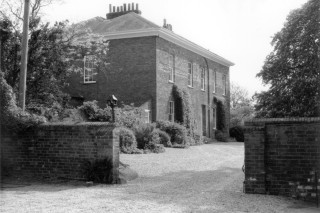
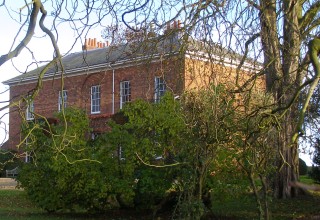
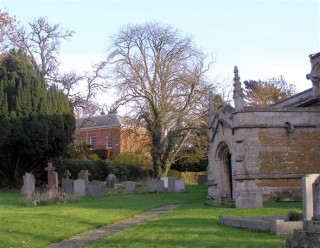
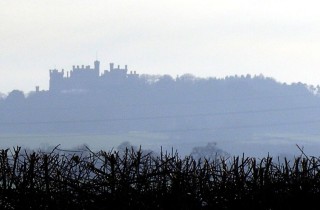
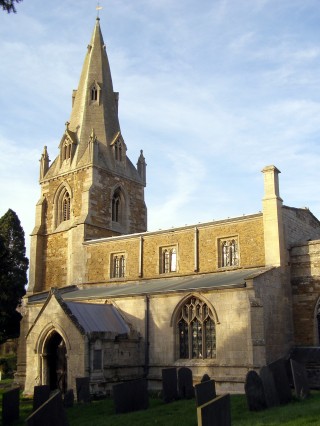
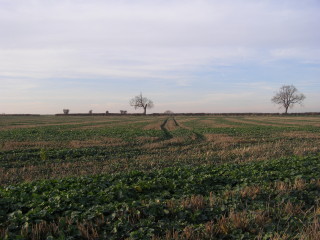
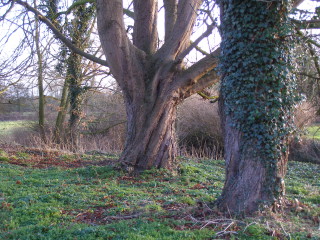
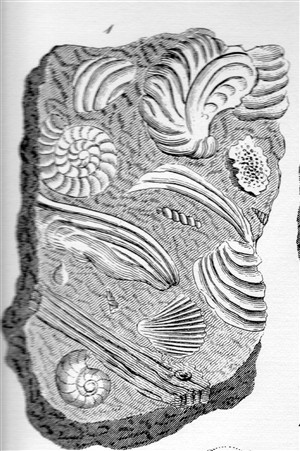
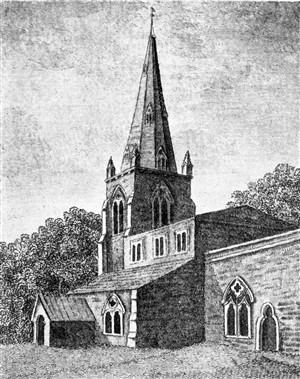
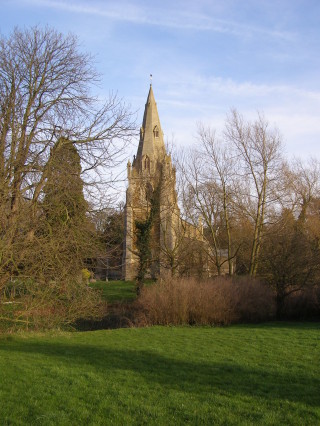








No Comments
Add a comment about this page